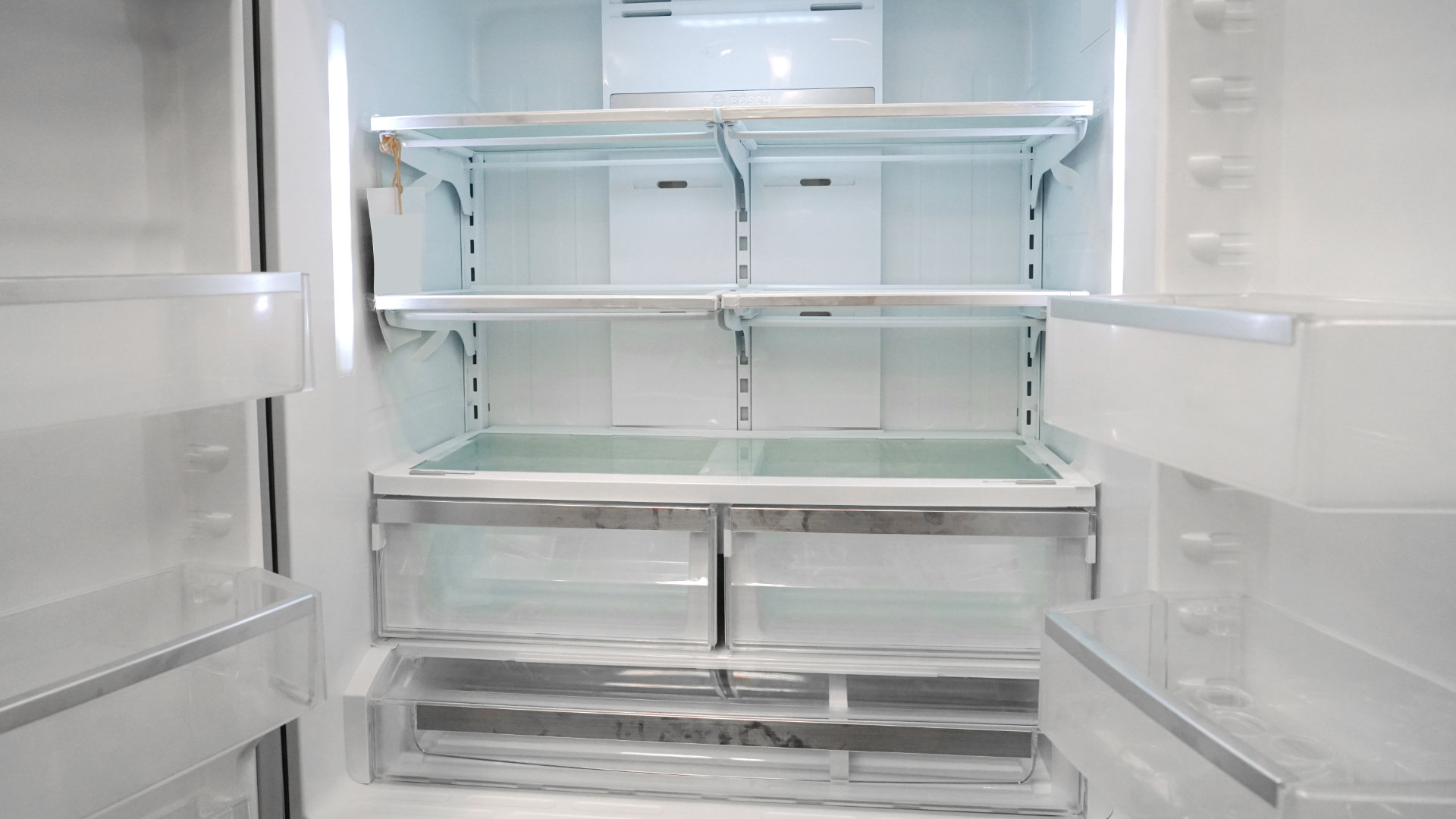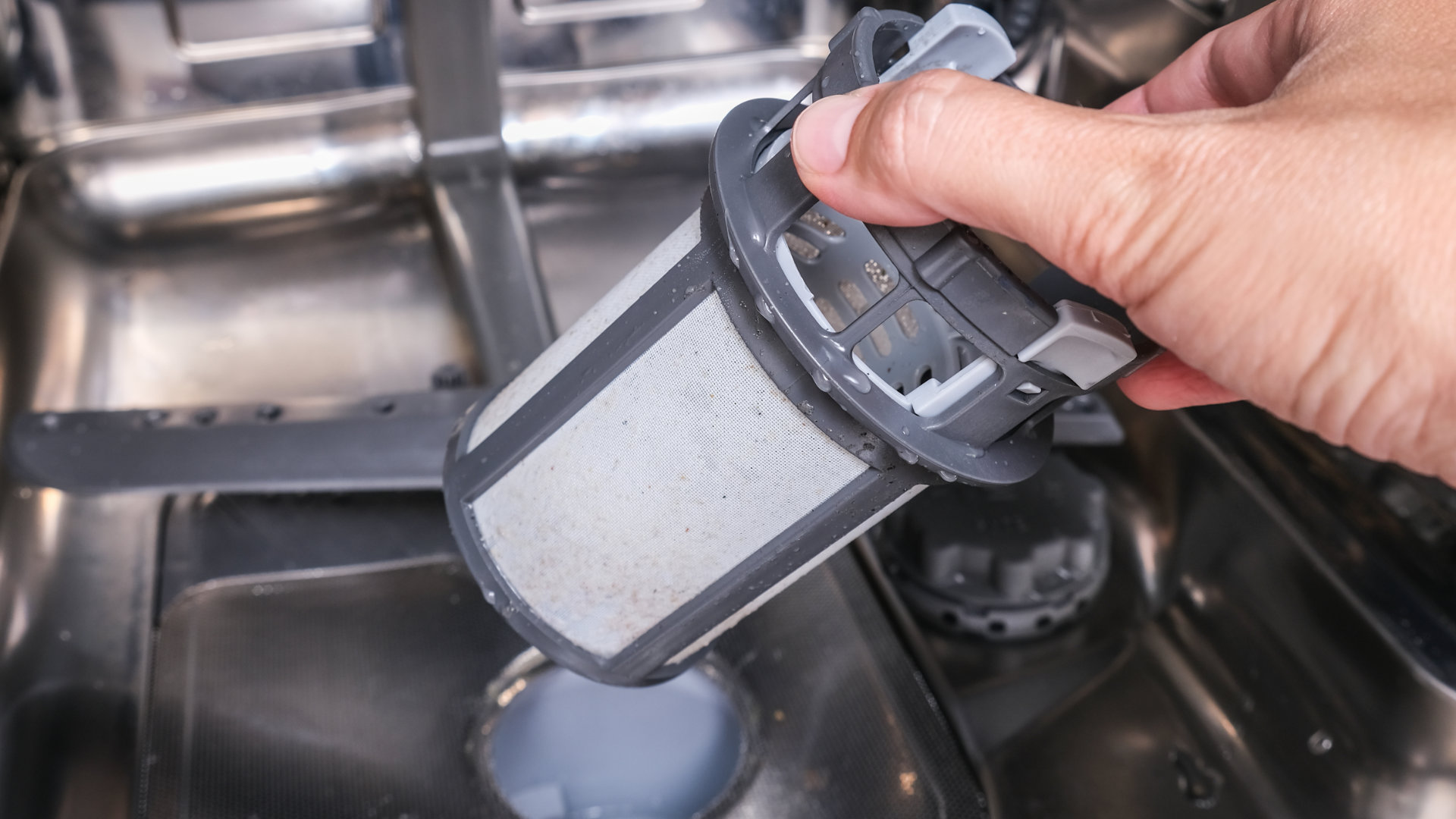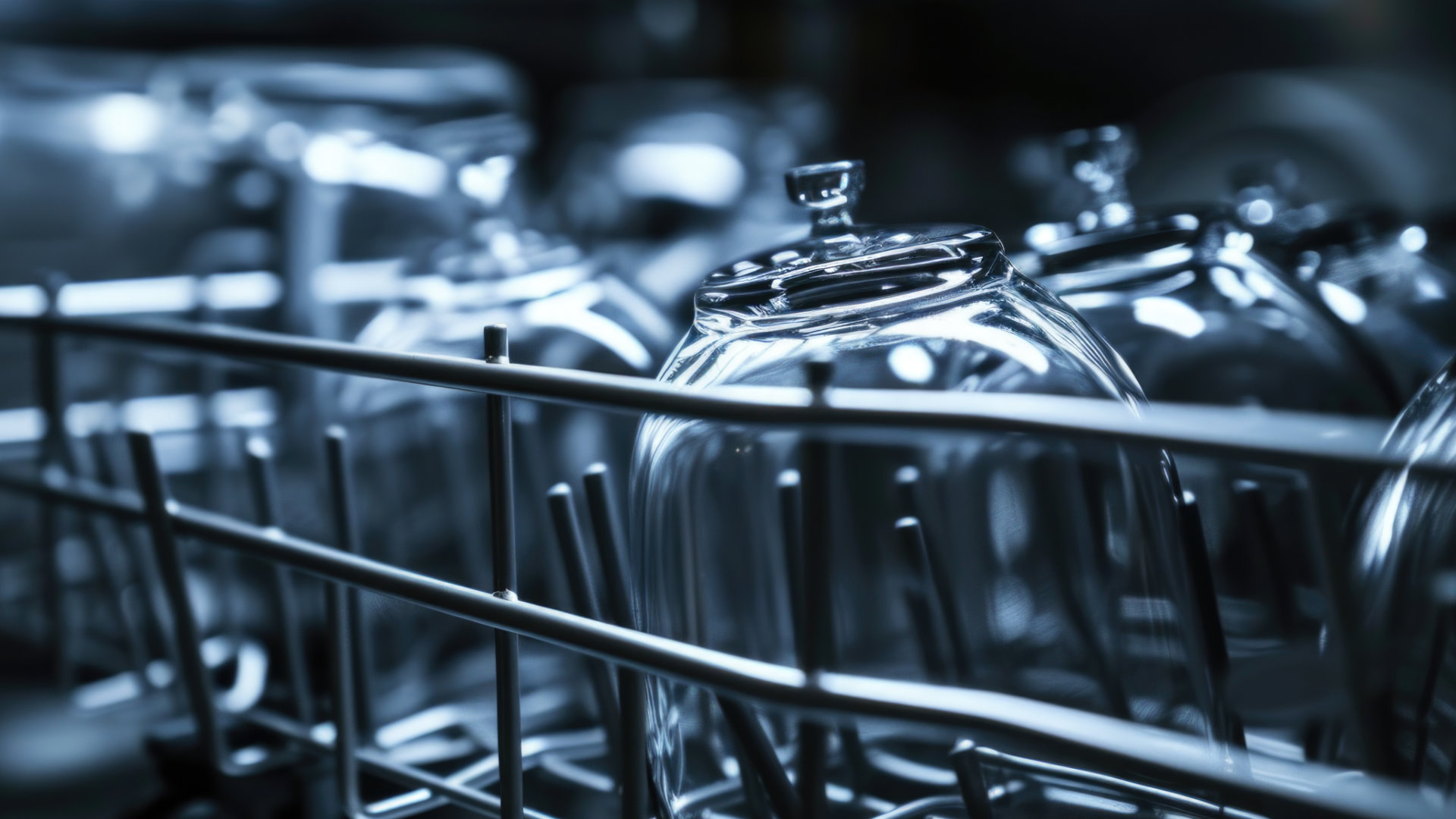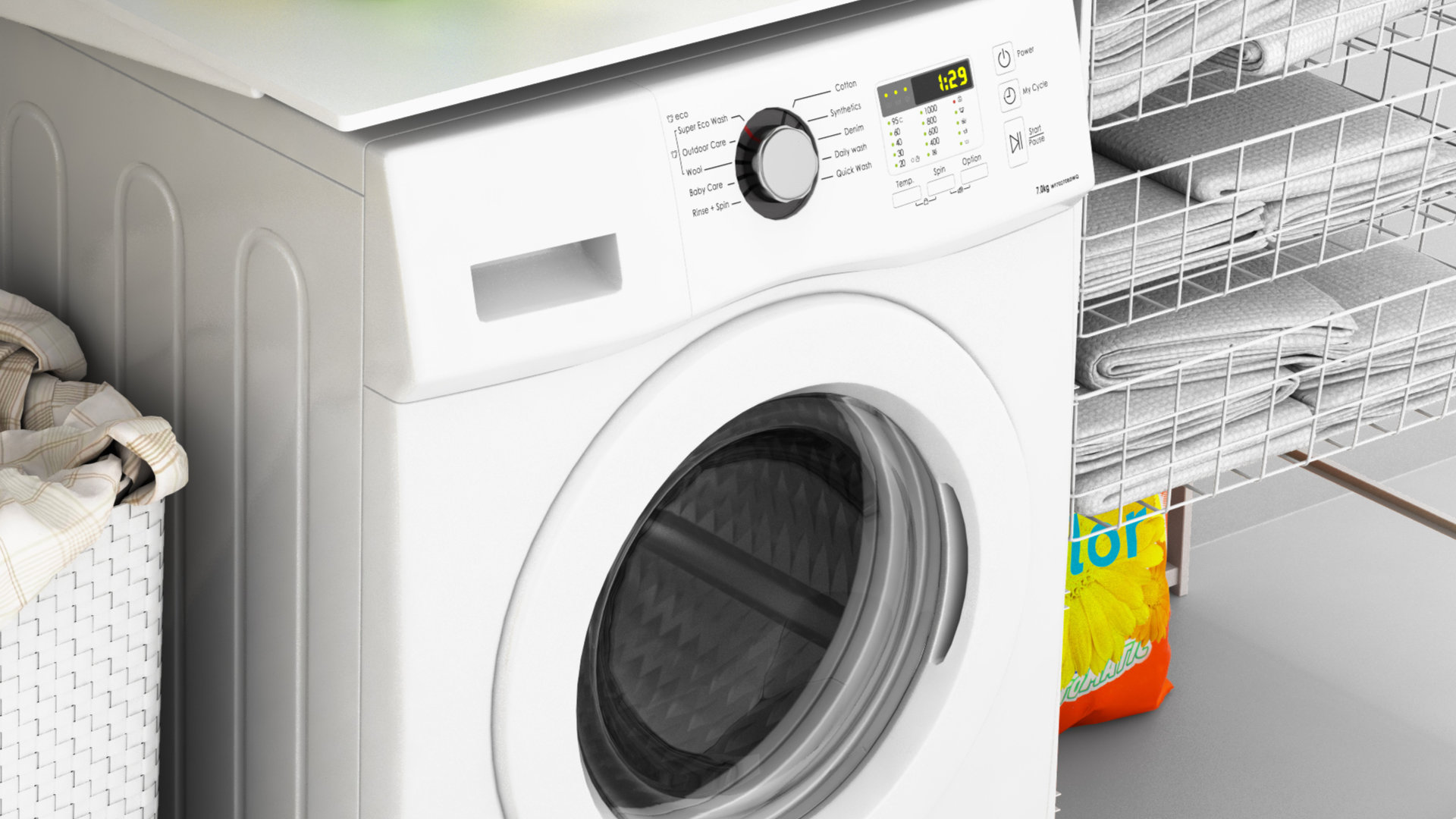
Have you ever stood in front of your fridge with bare feet or ankles and feel the heat? It’s a surprising hot breeze along the floor of the kitchen and the force of that heat can sometimes be alarming. You might find yourself wondering why the refrigerator would create so much year. You might wonder whether there’s something wrong and if you should do something to reduce the amount of heat from the fridge. In most cases, your refrigerator is just fine. It’s probably not over-heating and that heat is a normal part of the cooling function.
The condenser coils that create cold for your fridge do this by removing heat, and that heat has to go somewhere. That somewhere is a vent at the bottom of your fridge.
But if the heat under your fridge is worryingly hot or you just want to know what’s up, we’re here to offer an easy explanation.
How the Condenser Works
One of the interesting things about physics is that you have to make heat to make cold. Cold is the absence of heat, which means to make something cold we have to remove heat from it. This is what the refrigerator condenser does. Behind your refrigerator is a very large coiling tube. This tube contains coolant fluid that is forcibly expanded into a gas, which releases waste-heat in the transition. This causes the fluid to rapidly re-compress and becomes cold. Air is then blown over the cool coils. The cold air is blown into your fridge and the breeze warms the coils until they’re ready to cycle and decompress again.
But that heat in the reaction has to be sent somewhere away from the cold compartment of your refrigerator. Most fridges are designed to channel the waste-heat created out through a vent underneath the fridge.
Refrigerator Heat Exhaust
The refrigerator heat exhaust is that vent under your fridge where the warm air is coming from. This is the end of a short duct from the coils which are cold inside the fridge and hot outside the fridge. This configuration is also why you might notice excess heat coming from the back of your fridge as well.
The heat exhaust vent in a refrigerator is also sometimes used to cover other components. In addition to the heat duct, you can sometimes find access panels and, in older fridge models, the water filter chamber.
There’s no need to worry if the lower vent or the back of your fridge is warm unless it is actually quite hot to the touch. It is possible for refrigerators to overheat, but a few simple maintenance steps can keep your fridge and condenser in good shape.
Refrigerator Heating Up the Kitchen
Even if your fridge is working correctly, it may really heat up your kitchen. The harder the condenser works to keep the inside of the refrigerator cool, the more heat is released in the process. If your fridge is old or dirty or if your kitchen is enclosed, it’s more likely to heat up the whole room. This can be a real problem, especially during warmer months.
How to Reduce Refrigerator Excess Heat
There is nothing wrong with heat coming from the lower vent or the back of your refrigerator. But it’s also normal to worry. The best thing you can do is to let that worry inspire you to better refrigerator maintenance. Taking the right steps to clean and monitor your refrigerator can improve its performance, add years to its life, and reduce the amount of heat produced in your kitchen.
Clean the Condenser Coils
The first and best thing you can do is to clean the condenser coils. Over time, the coils gather dust. The dust can build from a light dusting into a thick blanket. The coating of dust is not just dirty, it’s also bad for the performance of your coils. Condenser coils rely on exposure to the air, both on the hot and cold sides, and the dust prevents the coils from disappearing heat effectively.
Condenser coils can be found in one of three places, depending on the design of your refrigerator. You are most likely to find the coils in the back of your refrigerator. Most fridges are open but yours might have a back panel. Your coils can also be found behind that bottom vent or behind the back panel inside the fridge or freezer.
Cleaning the coils can be done by gently wiping with a cloth or you can buy a specialized brush designed to safely clean condenser coils.
Clear or Change the Air Filter (if it has one)
Some refrigerators are designed with an additional filter meant to protect the coils from exposure to dust and the inevitable blanket. If your refrigerator has an air filter, keeping it clean will improve the performance of the condensers over time. Unlike the HVAC, kitchen appliances tend to have metal screens that are washed instead of replaced. You can spray the screen clear with a hose or the sprayer in your sink and you may be able to run it through the dishwasher. If the screen is damaged or corroded, order a replacement.
Check the Fan
The heat from your fridge can also be impacted by the fans that direct the airflow. The circulation fan that pushes air over the cold coils and directs the hot air out the lower vent is essential for regulating heat for the condenser. If the fan of your refrigerator exhaust may need to be cleaned, repaired, or replaced. Find the fan and give it a close inspection. Don’t be afraid to turn off the fridge and wipe the fan clean to improve its performance.
—If you have cleaned the coils, fan, and filter if you have one, and your refrigerator still seems dangerously hot, call a repair technician. A pro will be able to tell you if your fridge is in good condition, why there is so much heat, and the next steps for your fridge’s best performance. Contact us for more appliance care tips or services.

How to Reset a Whirlpool Refrigerator Ice Maker

6 Reasons Your LG Refrigerator Is Not Making Ice

Kenmore Fridge Ice Maker Not Working? 5 Ways to Fix It

How to Remove Fish Smell from Your Refrigerator

How To Fix Bosch Dishwasher E24 Error

Troubleshooting a Whirlpool Dishwasher Not Draining

Why Is Your Fridge Water Not Working, but Ice Is?

How to Fix the E15 Bosch Dishwasher Error Code

How Much Power Does a Microwave Use?

How to Properly Clean Refrigerator Coils

How to Fix an LG Washer Showing OE Error Code

Troubleshooting a GE Dishwasher with No Power and No Lights

10 Reasons Why Your Bosch Dishwasher Won’t Start

Troubleshooting the F5 Error Code with a Maytag Washer


